Ouarzazate is known as the gateway to the Sahara – and the driveway to that gate is Morocco’s N9 highway. The road winds from Marrakesh through the High Atlas mountains, where barren, sun-parched, rocky landscapes meet snow-covered peaks.
At the dizzying Tizi n’Tichka pass, it practically folds in on itself. Just 200 miles south-west from here is the vast nothingness of the Sahara desert. And that’s where I’ve just come from – driving a Skoda Enyaq Coupé 85x.
The challenge was to find out how an electric car coped in a desert climate, but also to consider a wider question: if electric cars are the future, how challenging will it be to introduce them everywhere?
After all, when buyers are put off EVs because the north of England is considered a ‘charging desert’, can electric cars ever work in a real one?
![]()
Here comes the sun
The answer to that question is obvious, of course. Just look up, either at the sun or, if you’re near where I am today, the glowing, 250-metre-high tower of the Noor Ouarzazate Solar Complex.
The Drâa-Tafilalet region averages nearly 3500 hours of sunshine per year, and with much of the land desolate and unoccupied, it’s an ideal place to harness solar power on a vast scale.
The Noor complex covers 3000 hectares – about 3500 football pitches – and, depending on your taste in movies, looks like a Bond villain’s lair or an otherworldly alien edifice dropped into the desert.


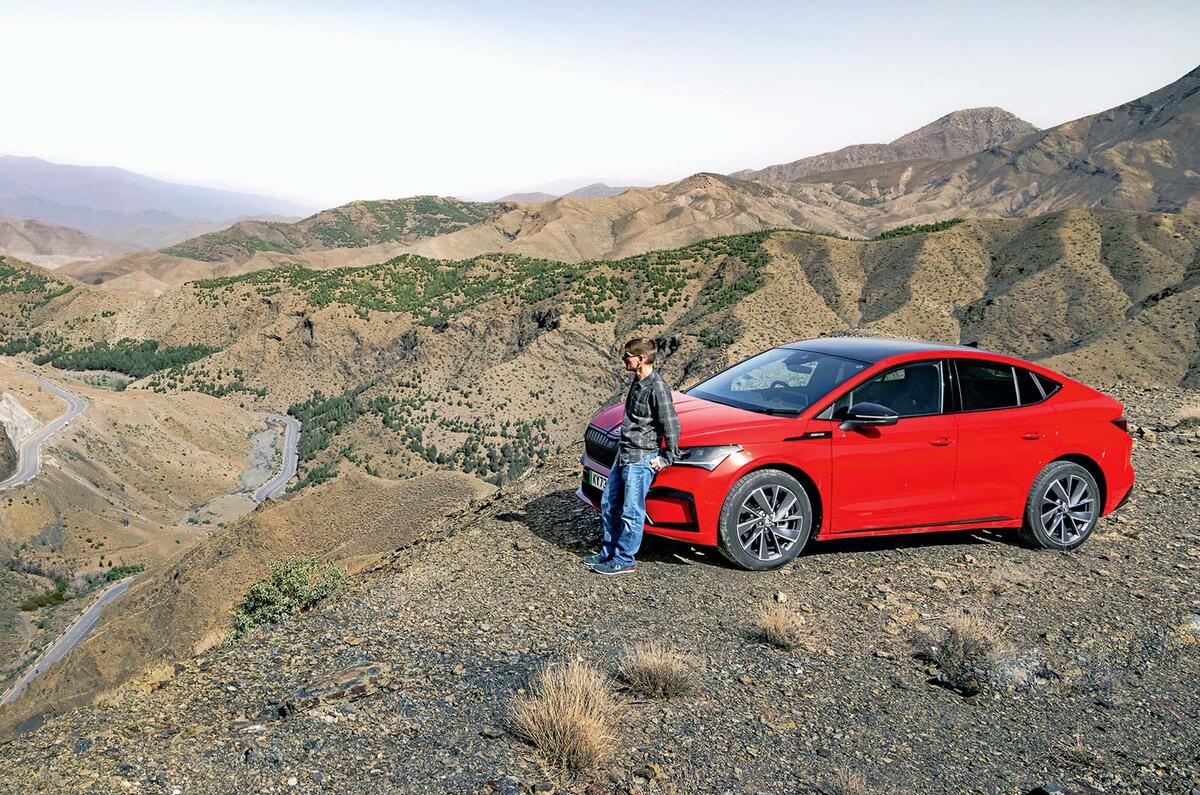
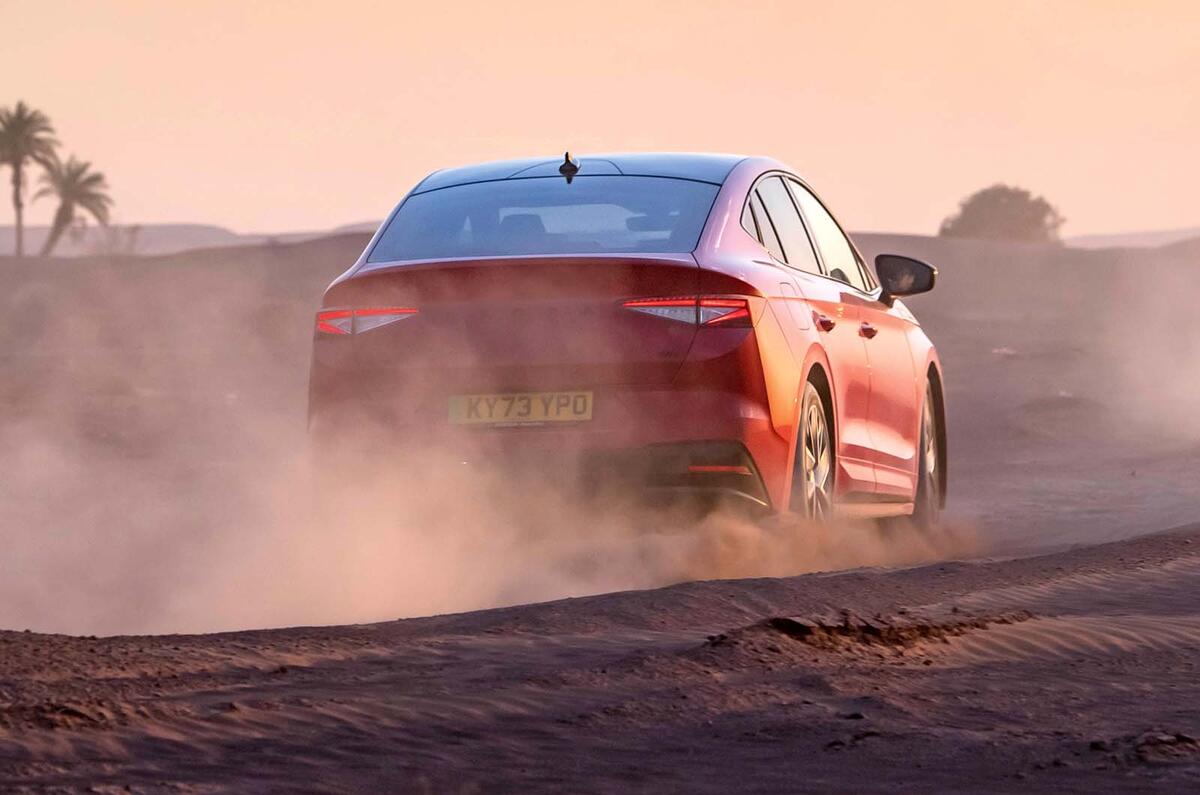
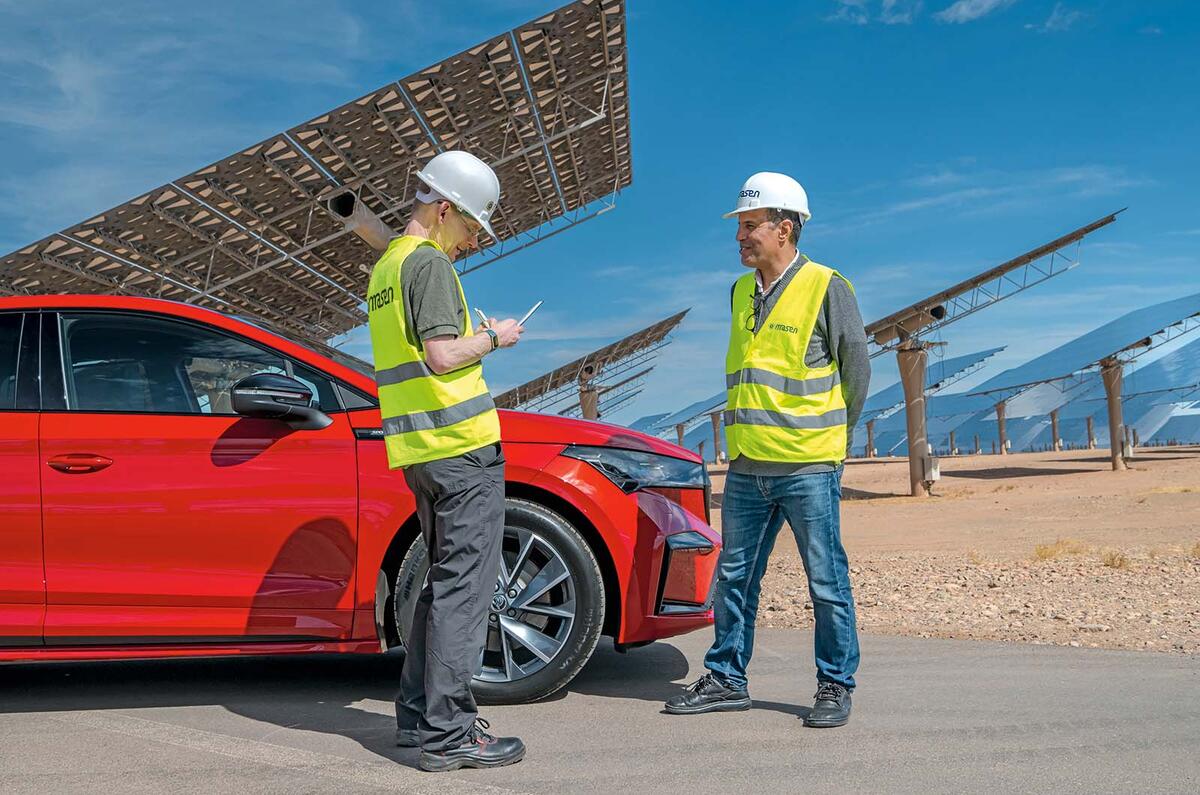
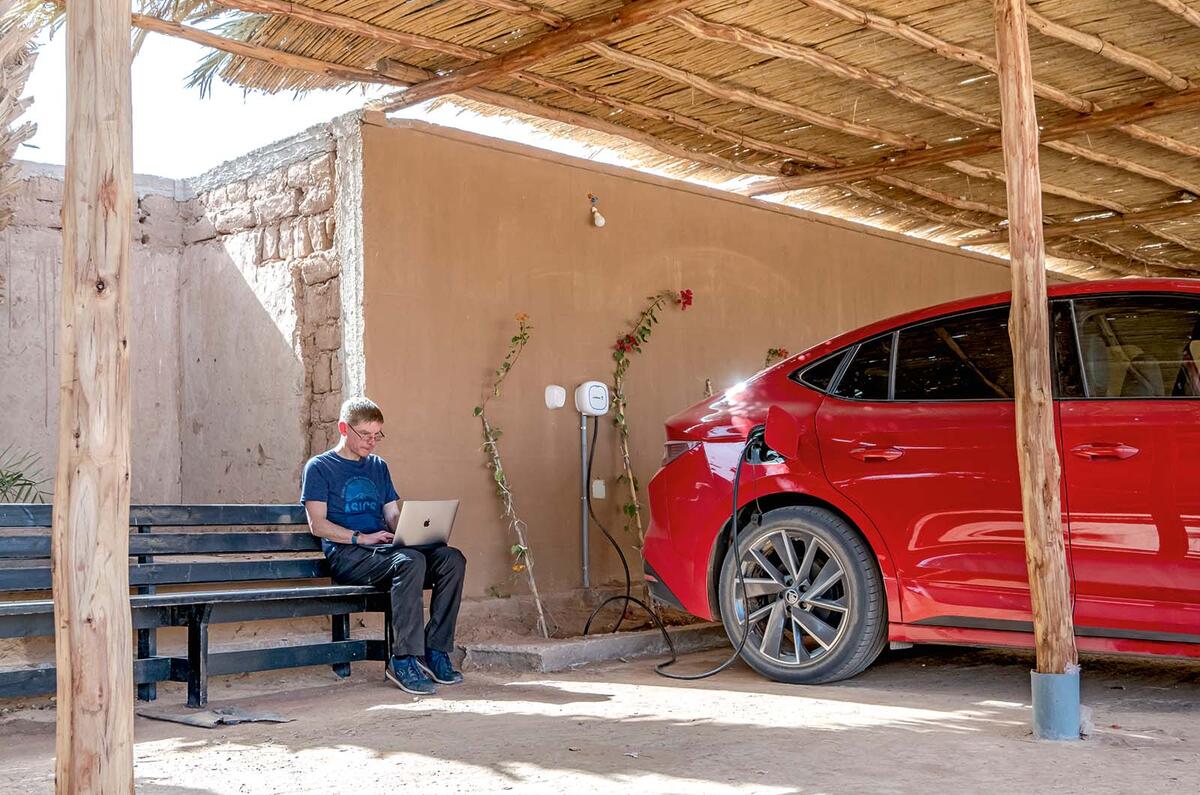
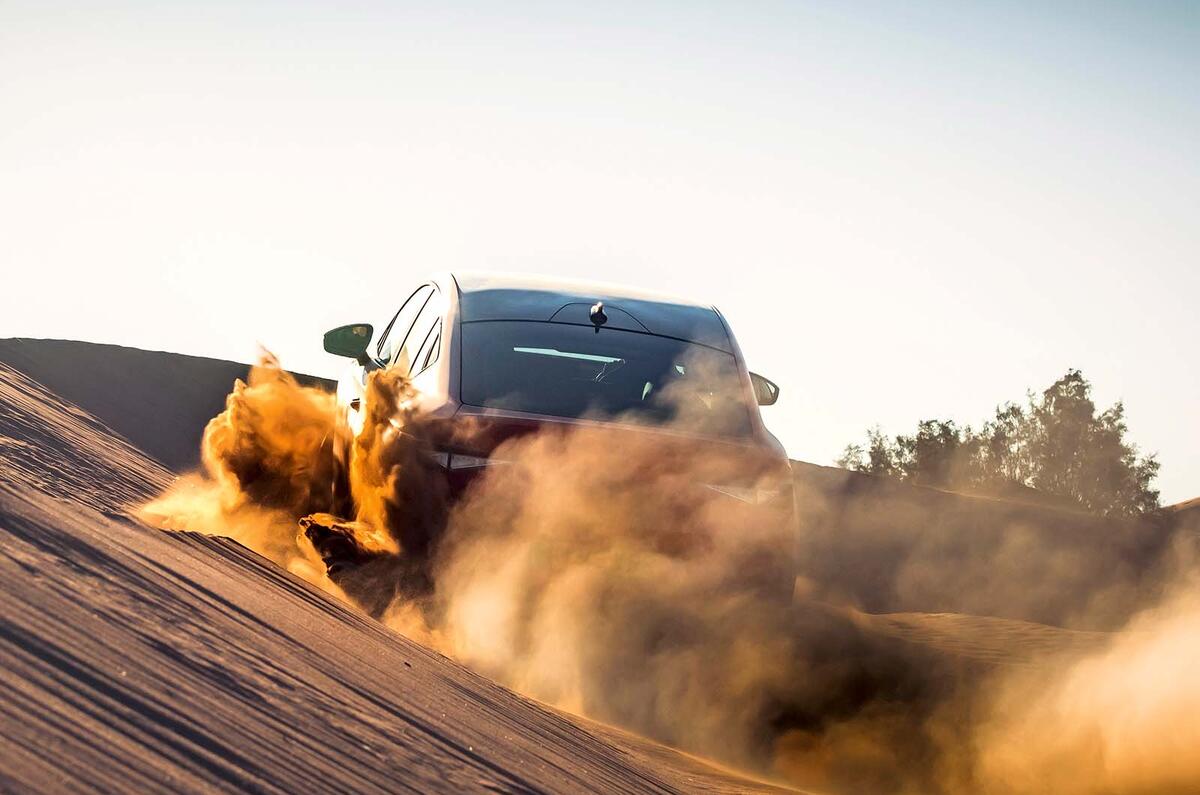
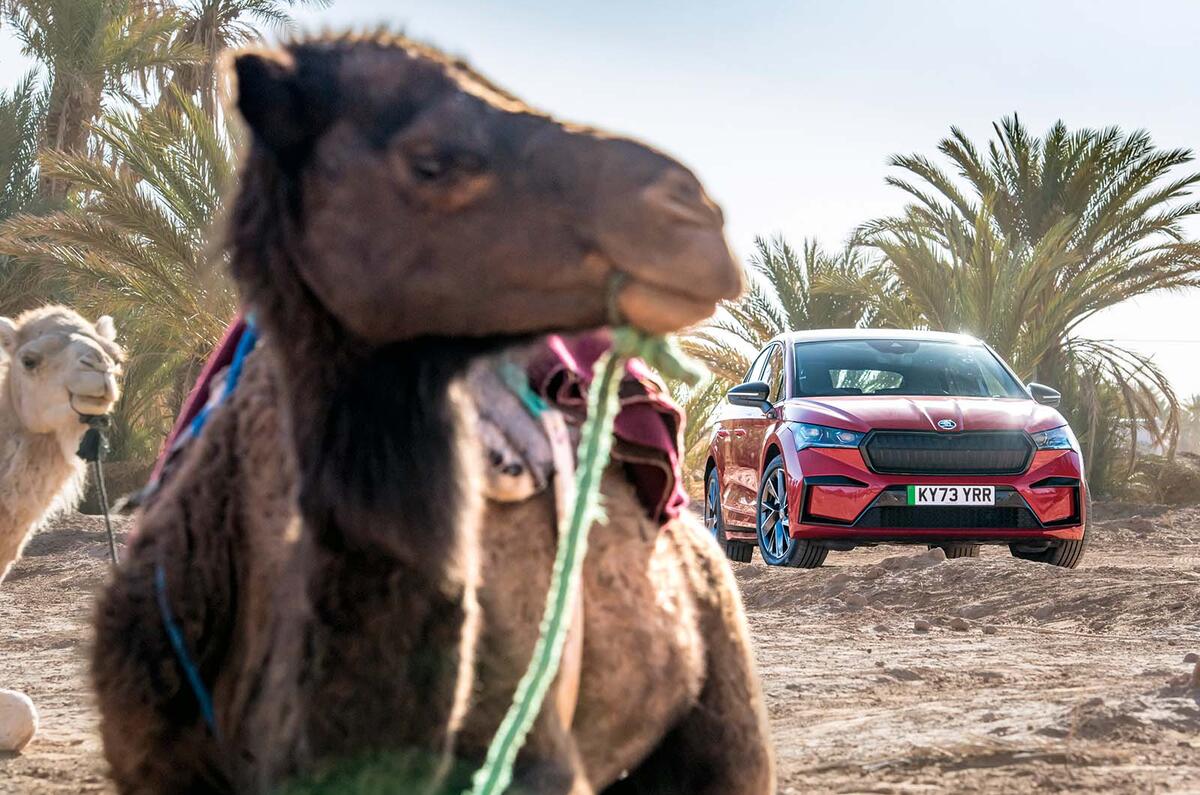
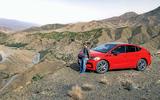
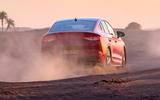
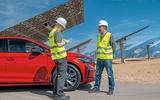
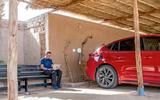
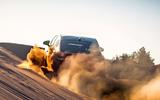













Join the debate
Add your comment
Noor’s daily output of around 5GW - correct t0 5GWh
to 5GWh
Why no picture of the most interesting aspect of this article, the Renault 4 being used as a souvenir shop?
Can't risk generating interest in the forthcoming (and likely brilliant) Renault 4 in a VW advertorial!